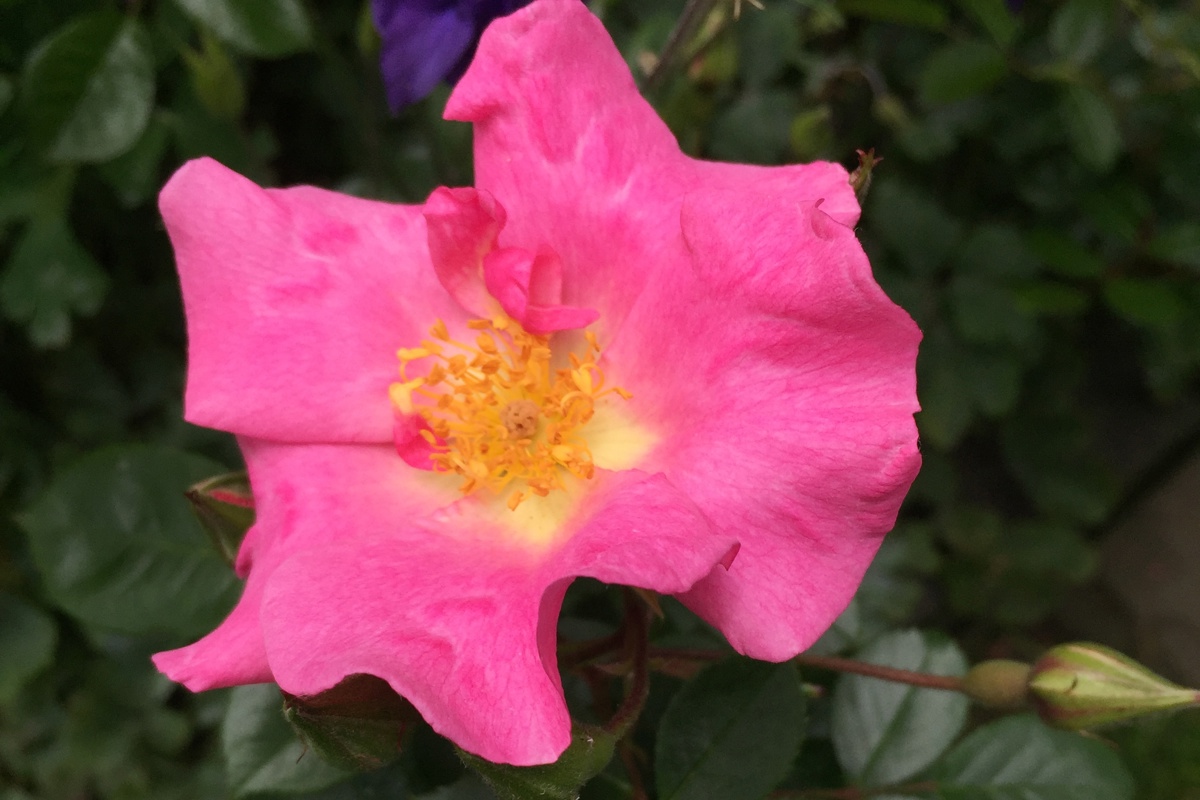Physical characteristics
This
Flowers and foliage
Polyanthas are celebrated for their profuse clusters of ever-blooming flowers which are produced in waves from late spring or early summer until autumn. Flowers are pale
Preferred site
Grow in fertile moist well-drained soil in
Preparation for planting
Always choose healthy well grown
Before planting ensure the root ball is saturated and remove the planter bag or pot with minimal root disturbance. Trim any broken roots and plant at the same level as in the container. Dig a hole twice the diameter of the root ball and add in plenty of organic matter or compost to the hole place the plant in the hole, but be careful not to plant too deep. The bud union of the plant should always be above the surface so plant at the same depth as it was in the pot firm in and water once planted. Make sure
Maintenance tips
Mulching
The first summer and autumn after planting is critical for young
As for feeding your
Pruning climbing
Take the opportunity to also rake up dead leaves and debris from around the base of the plant as these can lead to
Deadhead regularly throughout the flowering period to help encourage more blooms.
Ecological and biodiversity benefits
Attracts butterflies.
Pests and diseases
Relatively pest and disease-free. Ensure
Location at Auckland Botanic Gardens
Rose




.jpg?width=1200&height=1200&v=1d4024dceb89e50)

.jpg?width=1200&height=1200&v=1d5569224d63650)
 .jpg?width=1200&height=1200&v=1d4024df6ce2770)
.jpg?width=1200&height=1200&v=1d55676a892f2b0)
 .jpg?width=1200&height=1200&v=1d4024e3b65f7f0)